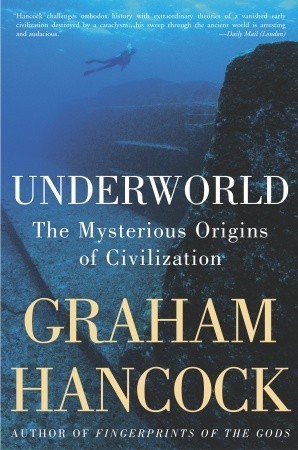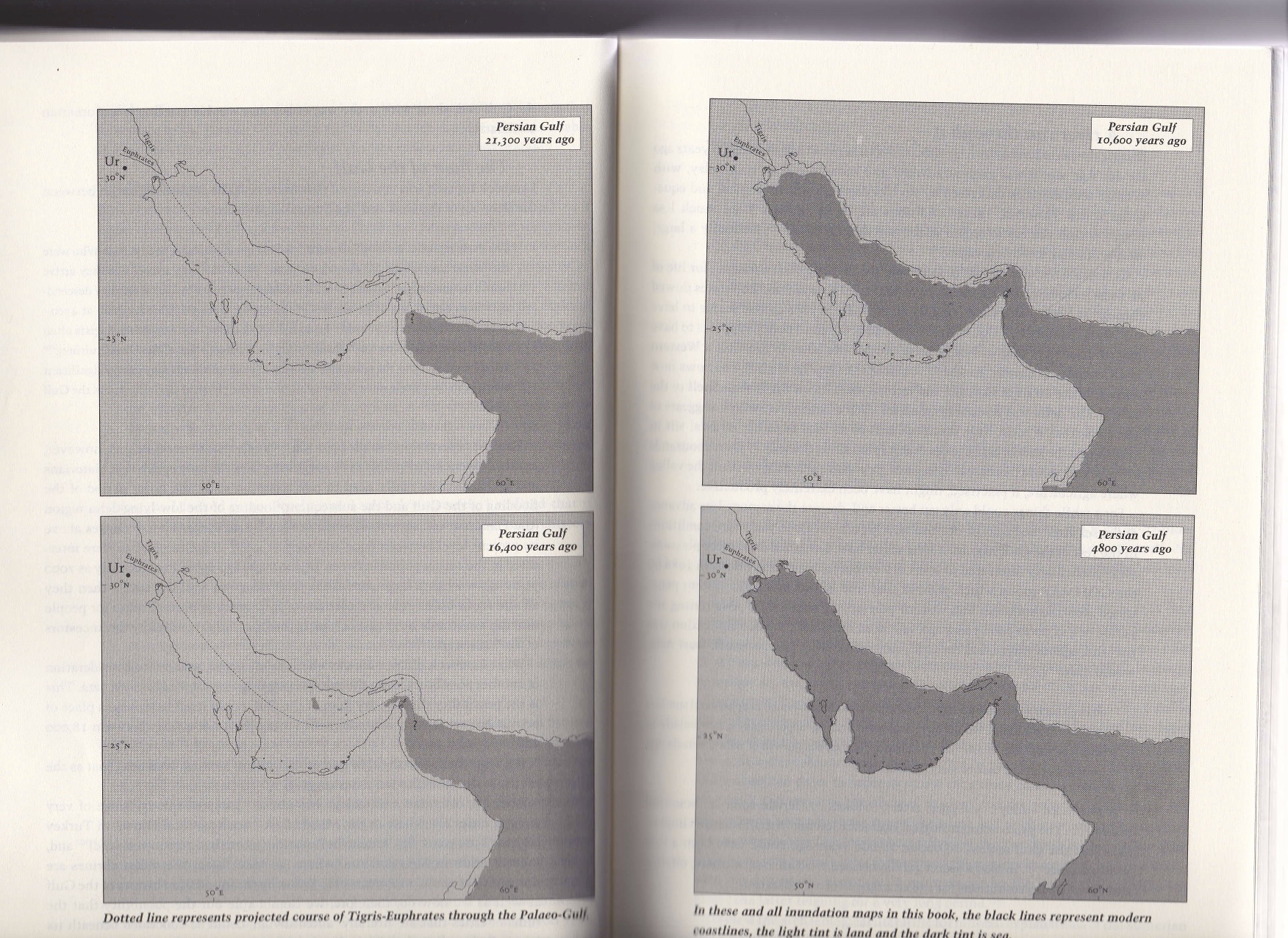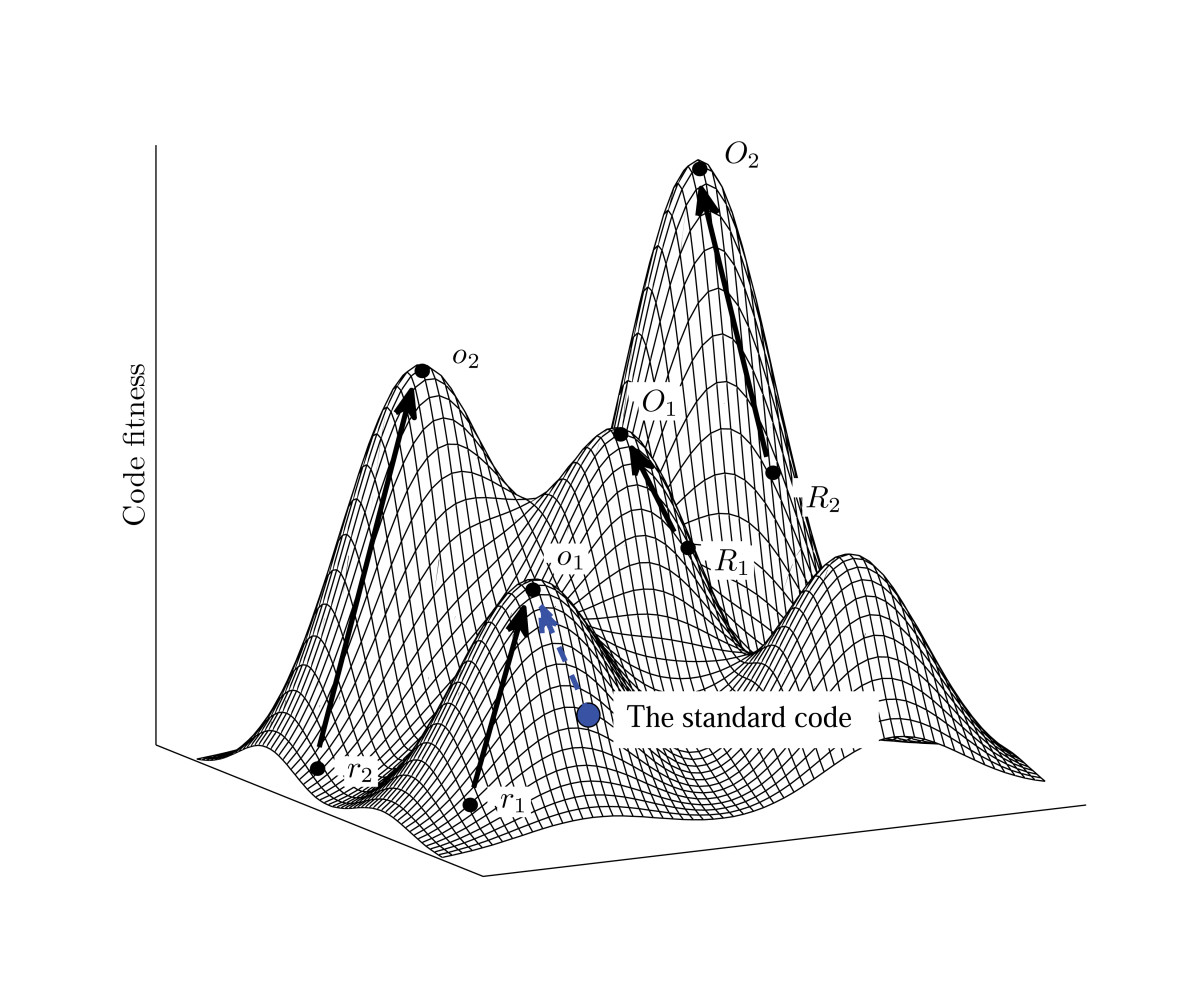After reading books which made numerous references to the ideas of Vladimir Vernadsky, I decided to read his book, The Biosphere. It is an insightful and important book which provides numerous novel insights into the interconnected nature of the entire biosphere — the biogeochemical and thermodynamic relationships between living and non-living matter. The 1998 publication with Editor M.A.S McMenamin contains hundreds of great footnotes and further references. I also enjoyed the informative introduction by Jacques Grinevald.
Vernadsky’s “Pressure of Life” concept is new to me and struck me as important. It should, theoretically, be a measurable pressure. Just as we can measure Pascals or Newtons of pressure, the same should be the case for life’s pressure. There is only the issue of determining the system’s extent and defining the measurable quantity. For example, the entire biosphere must exert a given pressure against the Earth’s geochemical resources given a flux of cosmic solar energy. The biosphere “wants” and “tries” to multiply and thus expand against the finite constraint of resources available to the current state of biospheric evolution. Copying Vernadsky’s own analogy of a farmer clearing land, the freshly cleared land has been removed of the majority of its life above the soil. Thus there exists a pressure to fill this “vacuum” of life. How can we measure this pressure?
This brings to mind the related ideas of the logistic function and the oscillations which occur due to population expansion against finite resources. Life seems to typically overshoot the carrying capacity due to rapid initial multiplication. Only to later collapse and once again overshoot in a series of oscillations. Once the cleared land has been mostly filled, this pressure changes and occurs both inter- and intra- species. See this article: A Megatheory of Human Destiny.











